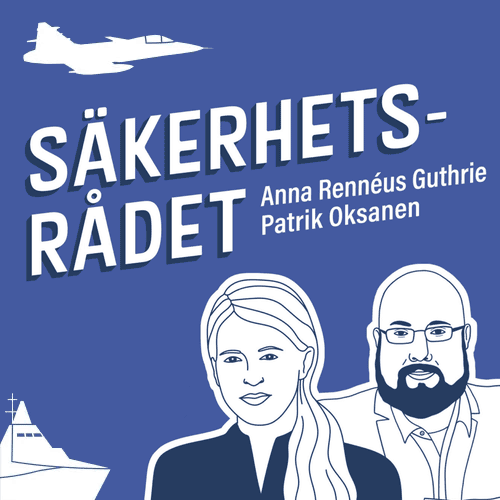With persisting uncertainty about the future US role and commitment to NATO, Europeans are ramping up their presence in the northern part of the Alliance.
The NATO summit in The Hague kept everyone in Europe nervous about what Trump will say about future US commitment to the Alliance – and produced some rather bizarre headlines, such as NATO Secretary General Mark Rutte calling Trump “daddy”. While NATO survived the summit, the question mark hovering above the US role in Europe did not fully disappear. Europeans are therefore ramping up their presence on the alliance’s northern flank.
The Finnish Defence Minister, Antti Häkkänen, announced at the summit that the contributing nations to the new NATO Forward Land Force that will become operational this year in Northern Finland have now been confirmed. Apart from the framework nation Sweden, all three remaining Nordic countries Norway, Denmark, and even Iceland in some form are on board – although Iceland does not have armed forces – plus the UK and France. This promises to be a very good setup, demonstrating Nordic solidarity and committing the two European nuclear powers to the northern flank. The FLF in Finland will be slightly different than the already existing ones along the eastern flank, with rotational presence of NATO troops (the German permanent brigade in Lithuania being an exception), in that the focus in Finland is on exercises and training and will not include even rotational presence beyond the duration of the exercises. My personal highlight is that even Iceland is on board, which is symbolically important for signalling Nordic unity.
While the UK is a longstanding close partner for all the Nordic countries, France has recently strategically reoriented towards Northen Europe after getting ousted from Africa. France has already increased its presence significantly in the two new NATO members Finland and Sweden: in late 2024, it was reported that France has become one of the most frequent allies to participate in exercises in Finland, after Swedes, Americans and the Brits. I have visual confirmation on this trend from my home town Rovaniemi, close to the large exercise range in Rovajärvi, where I have spotted French soldiers during recent visits.
France is also investing heavily in its relationship with Sweden. At the French Ministry of Defence (or, Ministry of the Armed Forces like the French call it), Sweden was identified as a European partner with high potential for defence industrial cooperation, as Sweden has a significant defence industry. It is not a coincidence that France appointed Thierry Carlier, the previous number two from the French defence procurement and technology agency (Direction générale de l’armement, DGA) as the new ambassador to Sweden. Mr. Carlier immediately made a splash by stating to Swedish media that France’s allies, and Sweden among them, are naturally covered by the French nuclear umbrella. The statement was quite revolutionary, as the French do not consider themselves to have a sufficient arsenal for US-style extended deterrence arrangements, and therefore usually never refer to a “French nuclear umbrella” – or make such clear statements about who may or may not be covered by the French nuclear deterrent.
Sweden and France are the only European countries that produce their own fighter jets: the Swedish Gripen and French Rafale. France is therefore interested in expanding industrial cooperation with Sweden to improve European strategic autonomy, which is an important policy goal for France. Just last week, France signed a declaration of intent with the Swedish company Saab to buy two (up to four) GlobalEye surveillance aircraft. To demonstrate its commitment to northeastern Europe, France recently projected power to the north during the air exercise Pegasé Grand Nord, with deployments to Northern Sweden and Poland. The drill sent two important signals: that France and Sweden are working together to improve European ability to operate without the US, and to Russia that a possibly diminished US presence will not leave a vacuum in Northern Europe.
At the same time, despite the transatlantic rift on the political level, military-to-military cooperation with the US has not yet been significantly affected. One prime example of intensifying and even unprecedented exercise activity is the trilateral Atlantic Trident air exercise, with US, UK and French participation, for the first time hosted outside the three nations – in Finland. We will see how long this lasts.
Minna Ålander, Non-Resident Senior Fellow at Stockholm Free World Forum and a non-resident fellow at the Center for European Policy Analysis (CEPA) in Washington, D.C.
This article was first published on Minna Ålander’s Substack website.

